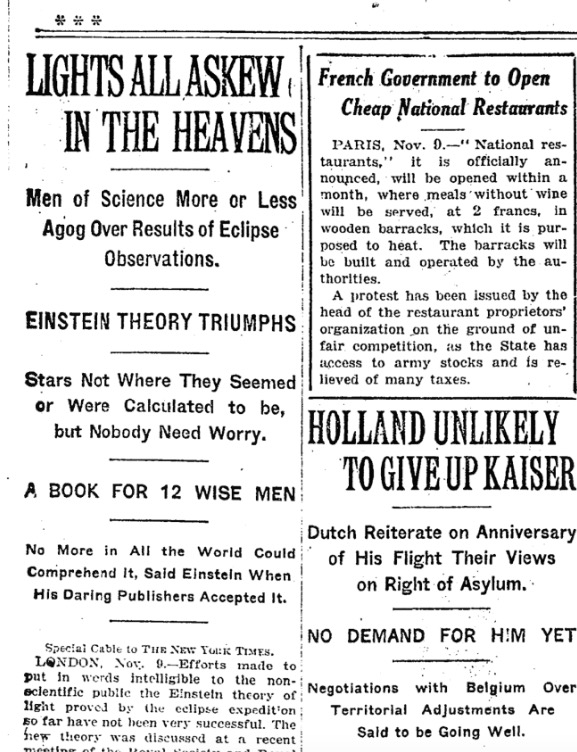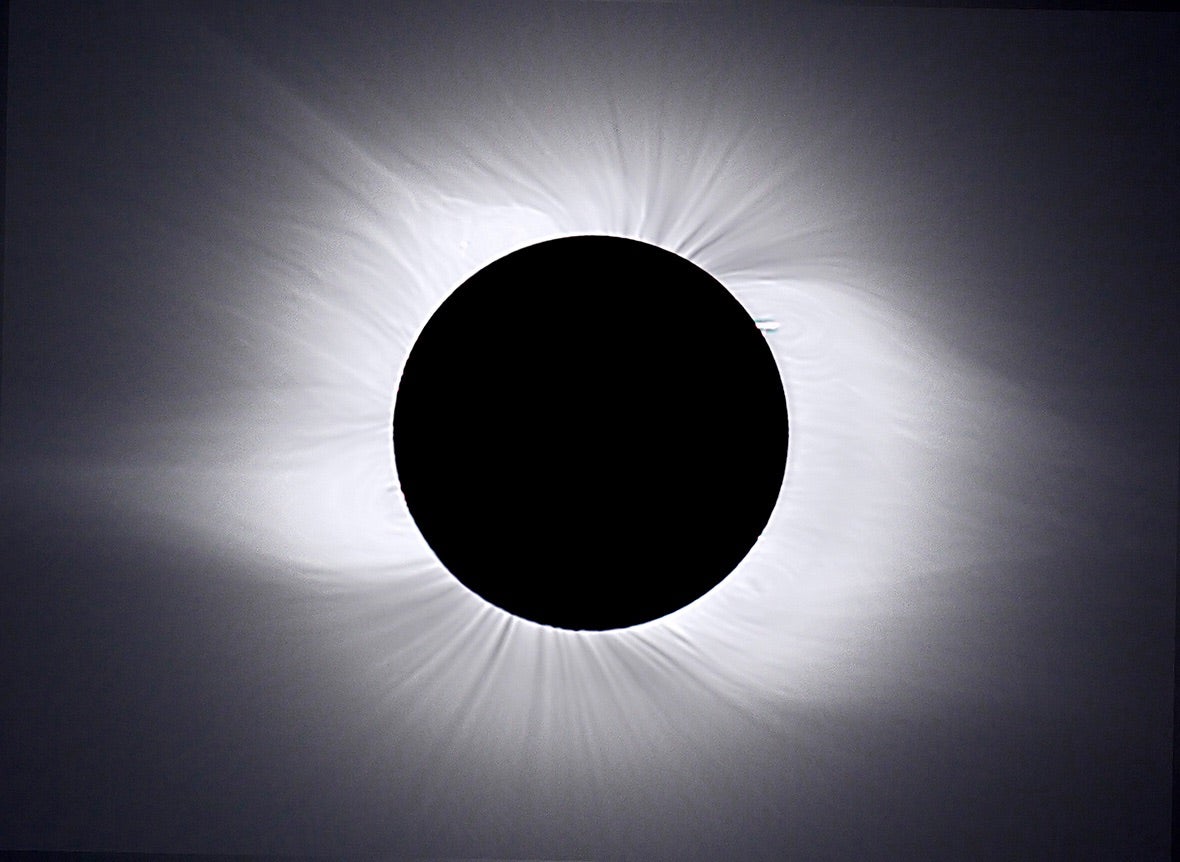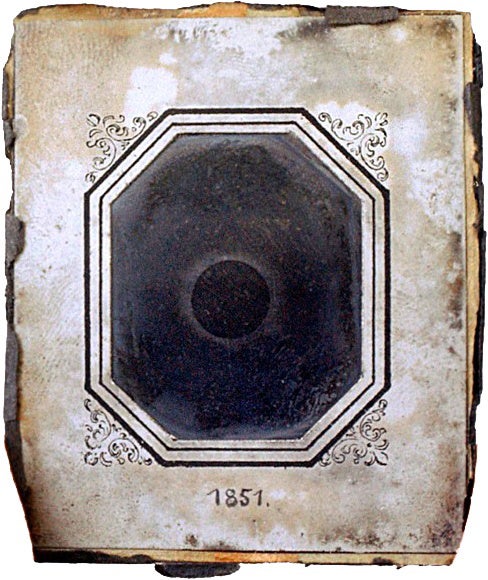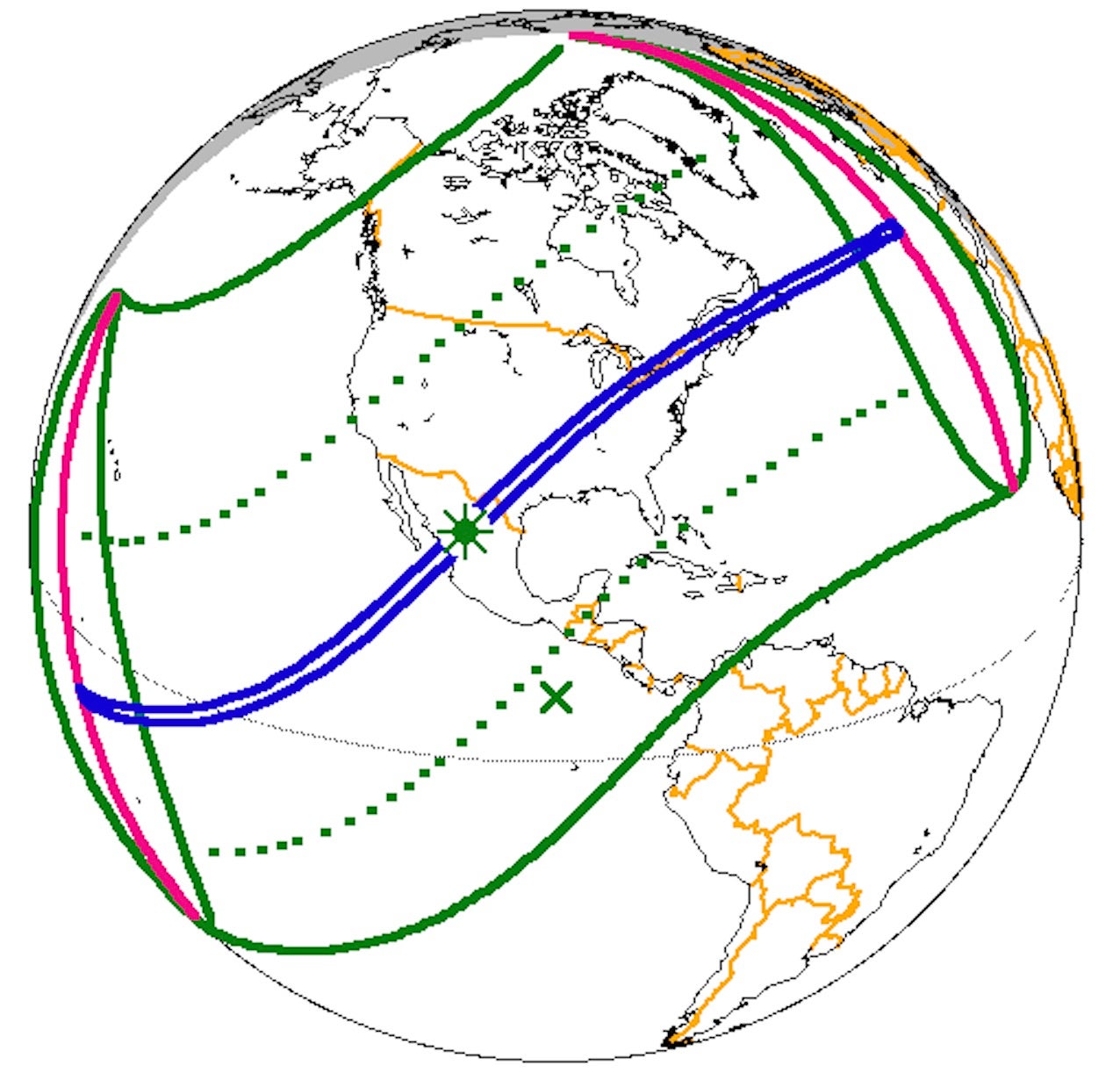
These are Michael Bakich’s picks for the most famous eclipses in history.
Nov. 30, 3340 B.C. – Spiral petroglyphs on the Loughcrew Cairn L Megalithic Monument in Ireland indicate this was the earliest observed solar eclipse for which a record exists.
March 30, 1578 B.C. – The partial solar eclipse that was closer to total than any other occurred. At maximum, the Moon’s diameter was 0.99985 that of the Sun.
May 3, 1375 B.C. – A total solar eclipse on this date is described in carvings on a clay tablet found in 1948 in the ancient port city of Ugarit, Syria. Totality was north of the city; the city itself saw “only” a 98-percent partial eclipse.
April 16, 1178 B.C. – This is possibly the eclipse mentioned in Homer’s Odyssey. In parts of Ancient Greece, totality would have lasted some 4½ minutes.
Feb. 22, 720 B.C. – This was the first of 36 solar eclipses that were observed in China and included in Confucius’ book, Chunqiu (The Spring and Autumn Annals).
May 28, 585 B.C. – According to Herodotus, Greek philosopher Thales of Miletus predicted this eclipse. It stopped a battle between the Medes and Lydians, after which both sides negotiated a peace treaty.
Nov. 24, A.D. 29 – The Eclipse of Phlegon occurred, so called because that Greek historian wrote an account of it. Some scholars associate it with the darkness mentioned in the Bible at Christ’s crucifixion, but the eclipse was only 80 percent partial in Jerusalem.

March 20, 71 – The Greek philosopher Plutarch was the first to describe the corona, writing about this eclipse in his book De Facie in Orbe Lunae (On the face which appears in the Orb of the Moon).
Dec. 7, 150 – The longest annular eclipse between 2000 b.c. and a.d. 3000 occurred. At the point of maximum annularity, the Moon’s disk was surrounded by the Sun for 12 minutes 23 seconds.
July 17, 334 – The Roman senator Julius Firmicus Maternus gave the earliest description of a prominence (an eruption of gas above the Sun’s surface) during this eclipse. Interestingly, this event was an annular eclipse.
July 19, 418 – During the total phase of this eclipse, Byzantine Church historian Philostorgius drew a sketch that showed a comet — the first one ever discovered during an eclipse.
Nov. 24, 569 – This total eclipse, mentioned in the Quran, is the one most scholars believe preceded the birth of the prophet Muhammad. The path of totality was south of Mecca, where he was born.
Feb. 3, 919 – The solar eclipse with the shortest totality between 2000 b.c. and a.d. 3000 occurred. When corrections are made for the shape of the Moon, the longest duration of totality was only 2.5 seconds.
Aug. 2, 1133 – Numerous accounts connect this famous eclipse to the death of King Henry I of England. However, Henry didn’t die until December 1135. The eclipse could be related to his moving the royal house to Normandy, France.
June 16, 1806 – After viewing this total solar eclipse from Kinderhook, New York, astronomer José Joaquín de Ferrer gave the Sun’s outer atmosphere its name: the corona, Latin for “crown.”
May 15, 1836 – English astronomer Francis Baily explained why “beads” of sunlight appear just before and just after totality, and also sometimes during annularity, after recording the phenomenon during this annular eclipse.

July 28, 1851 – Russian photographer Johann Julius Friedrich Berkowski took the first successful picture of totality during this eclipse, using a 2.4-inch telescope at the Royal Observatory in Königsberg, Prussia.
Aug. 18, 1868 – A new line in the Sun’s spectrum was seen by two astronomers: Pierre Jules César Janssen in France and J. Norman Lockyer in England. This line, Lockyer thought, revealed a new element, which he named helium.
May 17, 1882 – After English astronomer Arthur Schuster developed the photographic plates he took of this event, he discovered a comet — the first one found photographically during totality.
Aug. 19, 1887 – During the eclipse, Russian chemist Dmitri Mendeleev rose to an altitude of some 2 miles (3.2 kilometers) in a hot-air balloon. His had a spectacular view of the solar corona, but because his assistant remained on Earth, Mendeleev had to limit his studies to manage the balloon.
May 29, 1919 – In 1916, Albert Einstein published his general theory of relativity, which states that space-time is curved by the presence of mass. During this eclipse, two teams of astronomers took pictures of stars near the Sun that proved gravity warps space.

April 8, 2024 – This date will be your next chance to see totality — up to 4 minutes 27 seconds — in the U.S. Start making travel plans.
Aug. 12, 2045 – After 2024, the next Great American Eclipse will sweep across the U.S. from California to Florida. Maximum totality will be 6 minutes 6 seconds.









